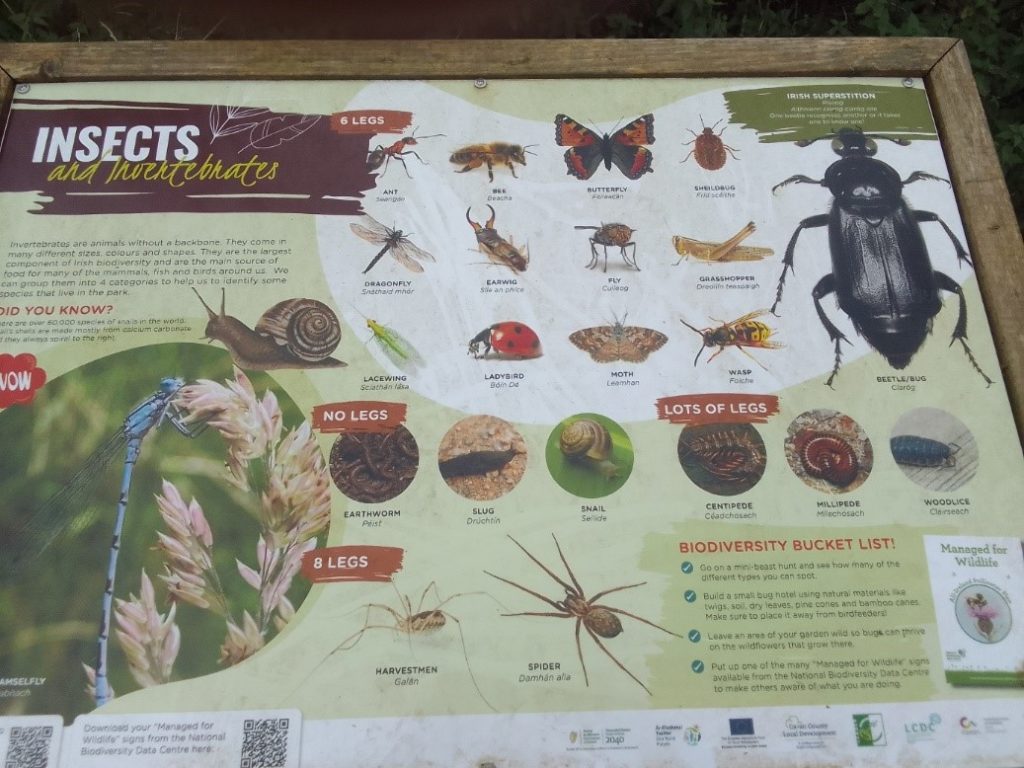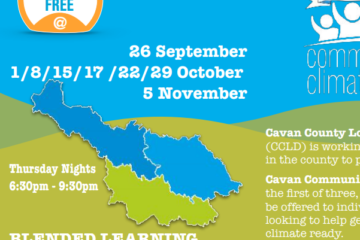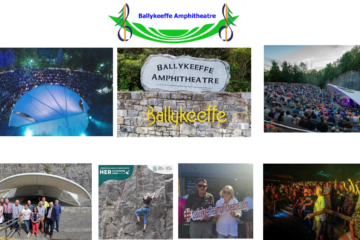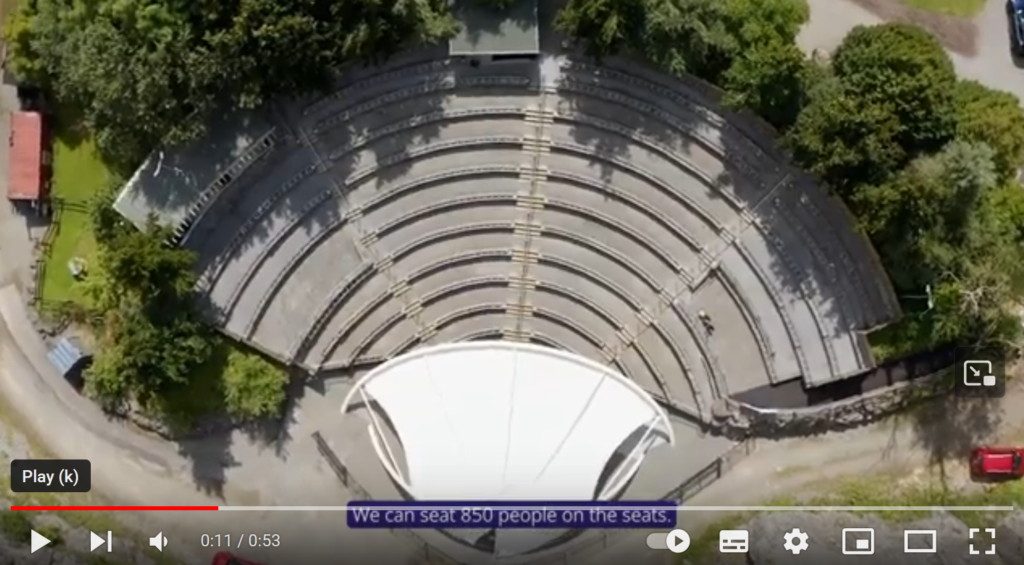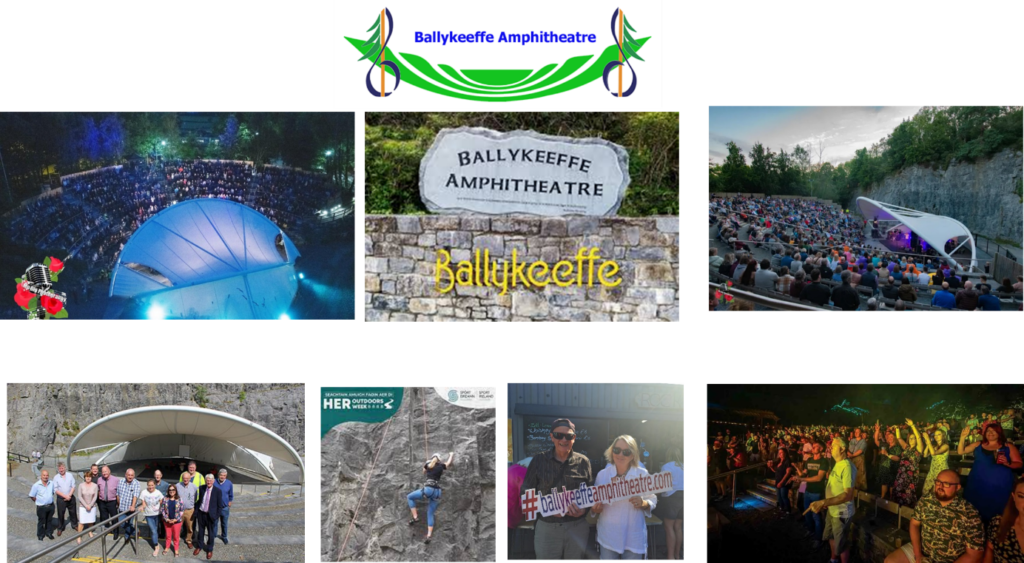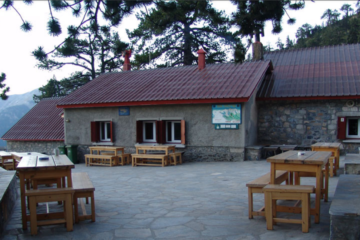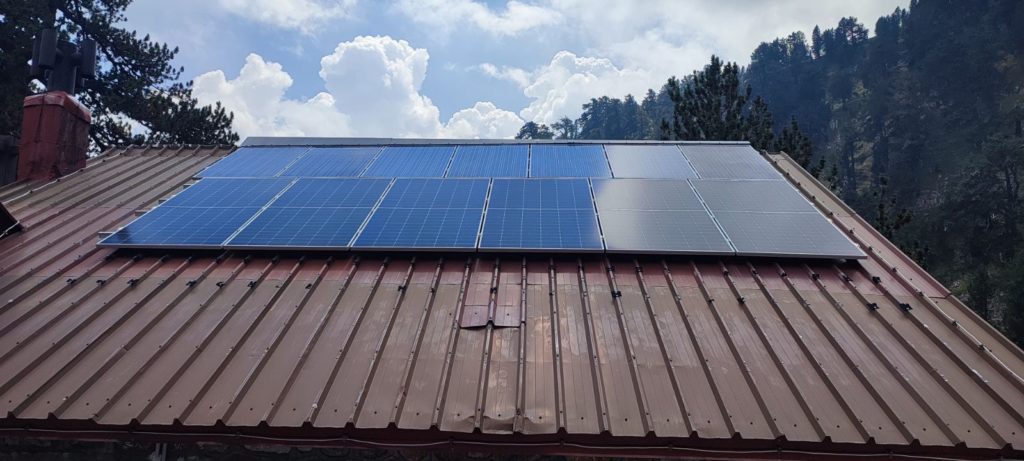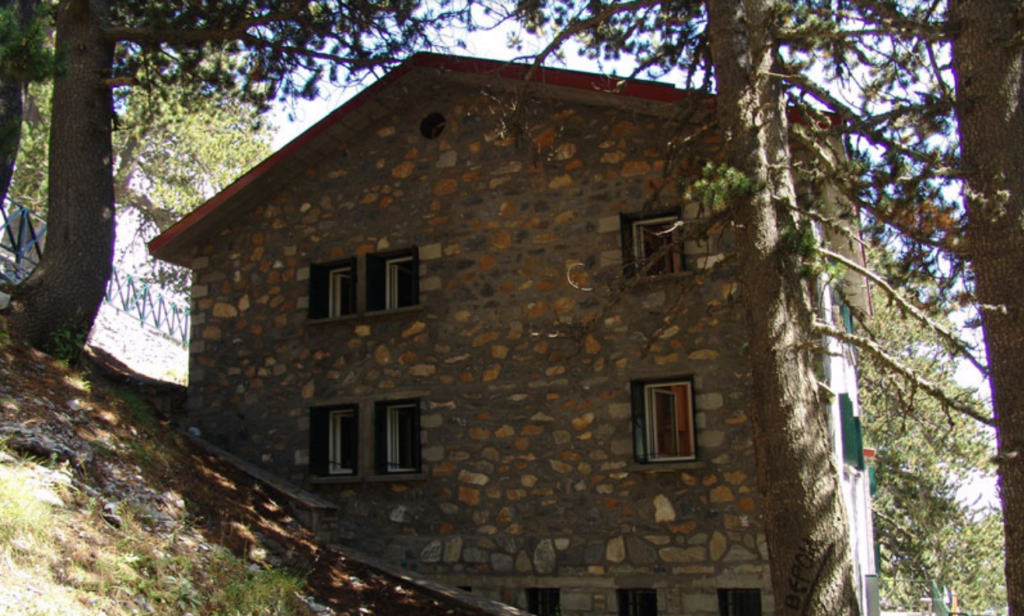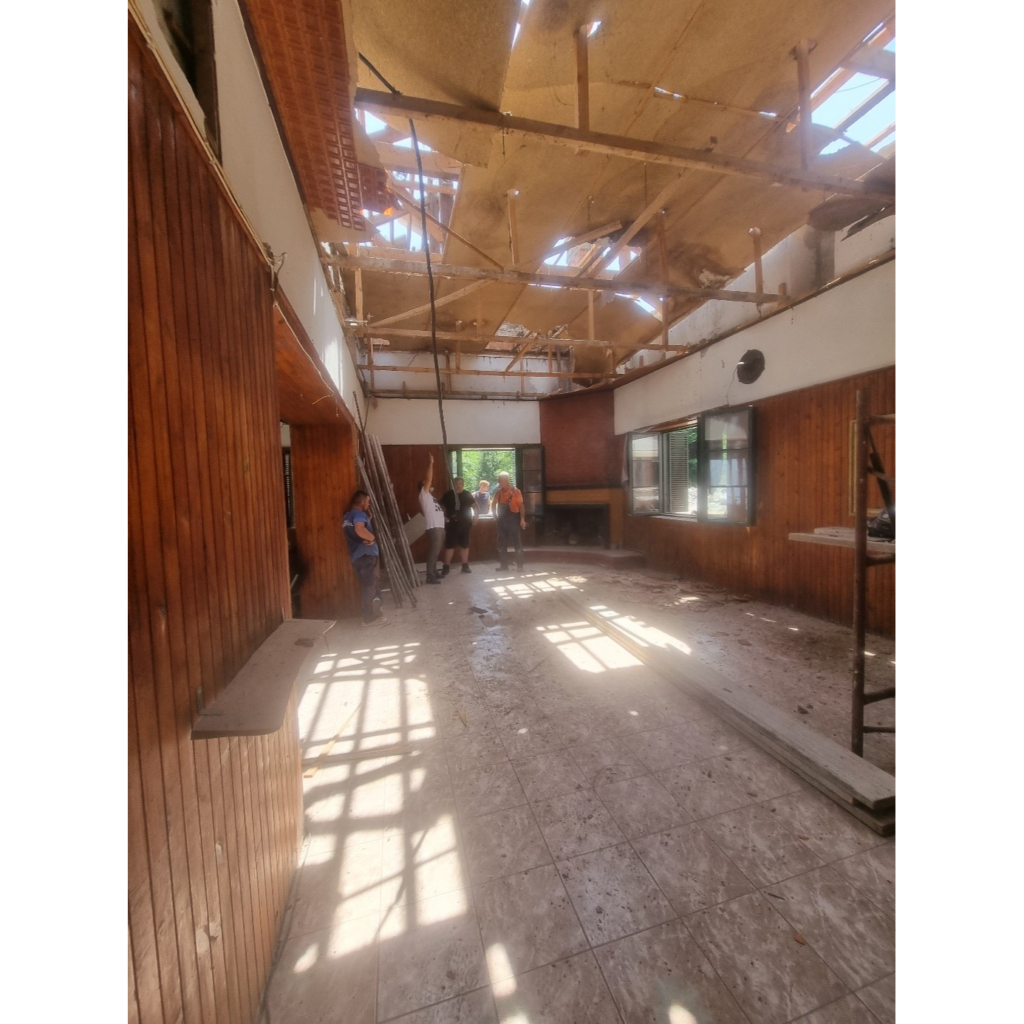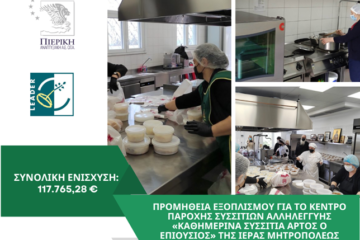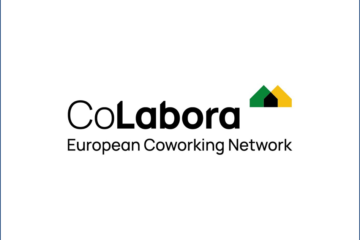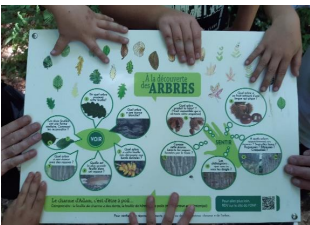Ireland
Introduction
Laragh Sports Partnership (LSP) invested €281,000 in developing a 580m x 2m walking track, incorporating 24 different Biodiversity Zones around the new community park in Laragh. The track follows the contour of the new grass pitch on the south and follows the contour of the Laragh River on the north. The development also includes interpretive signs for each zone and incorporates an audio guide via a QR code to give a multidimensional experience to the facility user through modern technology.
Presentation of the project
The rural community of Laragh Co Cavan like many other communities are facing several challenges in the context of climate change, loss of biodiversity and fragmentation of natural habitats. These challenges are compounded by geographical isolation and call for a return to core values in the development of rural areas which are rooted in agriculture change as well as responding to new societal demands such as safe and ethically produced foods healthier environment and sustainable and affordable energy.
In developing this project plan the following factors were taken in to consideration:
- The need to enhance what is already in place, improve sports areas that have potential for biodiversity and create an area for the community to connect with the natural world.
- LSP foresaw that if they developed the educational aspect of the biodiversity walk, that it would help to inform the local community of ways they could make a difference in their daily lives for nature/biodiversity and a more resilient community.
This project was developed through the assistance of a biodiversity training course run by CCLD LEADER in 2019. During this course, many contacts were made with biodiversity/nature experts and their input and advice was sought on many aspects. LSP were also successful in securing a LEADER grant of €200,000 to help realise this project. There was also a considerable effort locally to fund raise the matching funds.
The overall development fosters an appreciation within the local rural community for the conservation of natural habitats, encourages a local food culture and better management of resources for a sustainable economy locally. The ultimate goal of this project is to improve the quality of life of those living within the Laragh community and preserve the local environment. Sustainable development and its inclusion in community development is a great way for communities to learn, implement, and practice sustainability in their daily operations. The success of this project will be measured in terms of its ability to promote social equity and foster broad-based community participation in its implementation. In this regard, Laragh Sports Partnership is committed to building an inclusive, resilient and sustainable community.
This project will create a vibrant social space and a ripple effect that helps grow the capacity of local people by creating a great way for the Laragh community to learn, implement environmentally sustainable good practice. Utilising interpretive signs and modern technology to give a multi-dimensional experience to the facility will in a unique way encourage people to become more mindful of their actions and how they can be more sustainable for their benefit and the benefit of those around them. The project has also become a valuable resource to schools all over the county who can visit and learn about biodiversity .
This project was funded through the LEADER Programme 2014-2020 Theme— Rural Environment with Sub-Theme —Biodiversity. It also meets the objectives of Cavan County Local Developments Local Development Strategy namely Strategic Action — 3.2.2 Protection and enhancement of natural habitats.
The reasons Rural Environment as a theme and Protection and improvement of local biodiversity as the sub-theme were chosen:
- The promoters are based in a rural area in Cavan and their project is outdoors in nature. There is a lack of this type of facility in rural Cavan.
- Their project is concerned with enhancing and safeguarding habitats and wildlife that exist on their site.
- They plan to encourage people to reconnect with nature by providing them with a facility to enjoy and appreciate.
- They will encourage a sense of community ownership by having a space to attract and involve all ages and abilities.
- They hoped to provide a facility that will encourage awareness, education and discovery for all through the shared appreciation and promotion of our local biodiversity.
- They hoped to reintroduce many native plants, trees and flowers into their River Walk and community park to encourage biodiversity on-site and nearby.
This project has the ability to be used by other LAGs as it highlights that community recreational facilities can be so much more we are using the project as a reference for other projects seeking funding for walking tracks.
Pictures
